Of the Upright Ziest is one of the cistuses, which are a subspecies of the mint family. The herbaceous plant is widespread in several variants throughout southern and central Europe as far as Asia Minor and the Caucasus. The upright ziest was already used as a medicinal plant in ancient times.
Occurrence & cultivation of the upright ziest
Like all ziests that is Upright Ziest a mint family. The perennial plant is deciduous and grows herbaceous or as a dwarf shrub. They usually reach a height of up to 40 centimeters, in rare cases up to 70 centimeters. On the vertical, simple or branched stems of the Upright Ziests, there are six to ten of the genus-typical lip-shaped flowers, which are arranged as a false ear.
In most variants, the flowers are speckled white-reddish, occasionally they are cream-colored or purple. Depending on the location, it blooms between June and October. After fertilization, inconspicuous Klausen fruits form, which are round and only about two millimeters in size. The elongated leaves of the upright ziests are coarsely hairy and sit alternately on short stems in the lower area of the stems.
As a sub-Mediterranean species, the Upright Ziest occurs throughout the Mediterranean. To the north its range ends in Central Europe at the level of Belgium, in the east it can be found as far as the Caucasus and Asia Minor. It prefers dry to semi-arid locations and calcareous soils, but can also cope with rocky slopes that are not too high. The roots, which reach up to a meter into the ground, enable the upright ziest to survive longer periods of drought.
In Central Europe in particular, it can be found in dry grasslands and at the edges of fields. After the green parts of the plant have died in autumn, overwintering takes place in sprouts, the rhizomes that spread under the ground.
Effect & application
The use of the Upright Ziest is already known from Roman antiquity. At that time the plant was not only used as a medicinal herb, but was also used for magical purposes. For example, gladiators often wore parts of the Upright Ziests as amulets on their bodies in order to protect themselves against blows and stab wounds.
Even today, in some Eastern European regions, children are bathed in a brew made from the Upright Ziest to protect them against diseases and the influence of evil. In Central Europe, too, the plant used to have a magical effect, as are the popular names such as Beschreikraut and Weight loss herb testify.
Traditionally, all parts of the plant are used, from the roots to the leaves and the flowers. As a rule, the upright ziest is not stored and used in dried form like many other medicinal herbs, but the fresh parts of the plant are used for the preparation of the respective medicinal product. Infusions and tinctures are particularly often made from the upright ziest. For a brew, the plants are boiled in water for several hours.
After straining, the liquid can be used for washing, cleaning wounds and soaking bandages, but also for internal use. To make a tincture, the upright ziest is soaked in high-proof alcohol for several weeks. This tincture can also be used internally and externally. In the meantime there are also modern remedies that consist of dried and pressed parts of the upright ziests. The Upright Ziest is also used in homeopathy.
Importance for health, treatment & prevention
The upright ziest contains tannins, mucilages, flavonoids and various essential oils. In folk medicine, it is traditionally used to treat a wide range of diseases. It is used particularly often in connection with wounds and skin diseases.
It is also used for various respiratory and digestive problems, internal pain, fever, epilepsy and mental disorders. So far, it has been proven that preparations made from the Upright Ziest stimulate blood circulation and at the same time calm the nerves. It is of particular importance that the Upright Ziest has a marked anti-inflammatory effect.
Therefore, the use of preparations based on the erect Ziest is an option for all kinds of skin problems. If the hair is rinsed with a suitable vegetable stock, this can counteract dandruff, and a tincture of upright ziest is effective against pimples and blackheads. Visible results can even be achieved with acne. The Upright Ziest can also be used to alleviate varicose veins.
It can also be used to wash out wounds as it speeds healing and prevents scarring. A brew from the upright zest has a particularly intense effect if gauze bandages are soaked in it and then wrapped around the affected parts of the body. The circulation-enhancing effect of the upright ziest can be used for massages in the case of numb limbs, muscle cramps or partial paralysis.
Used internally, the Upright Ziest is particularly effective for stomach pains. However, it should also be suitable for the treatment of diarrhea and kidney diseases. In modern medicine, the upright ziest is rarely used. As an unusual ingredient, the plant can also be used for the preparation of salads. Both flowers and leaves are edible. While the flowers are slightly sweet, the leaves have a strong and spicy taste.


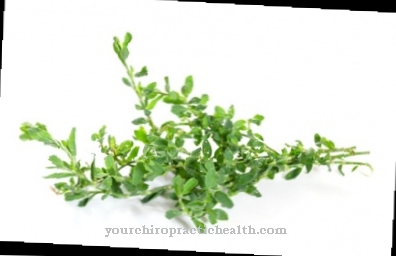
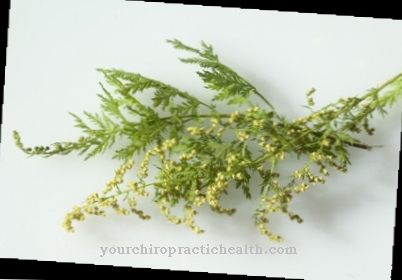
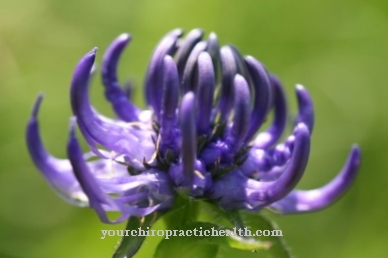
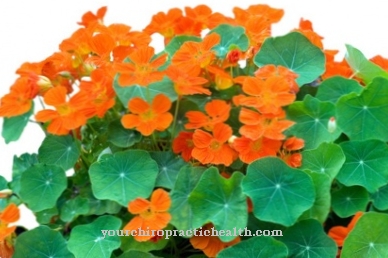
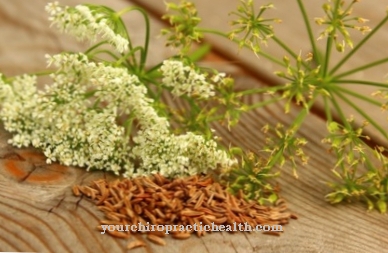





.jpg)



.jpg)










.jpg)
